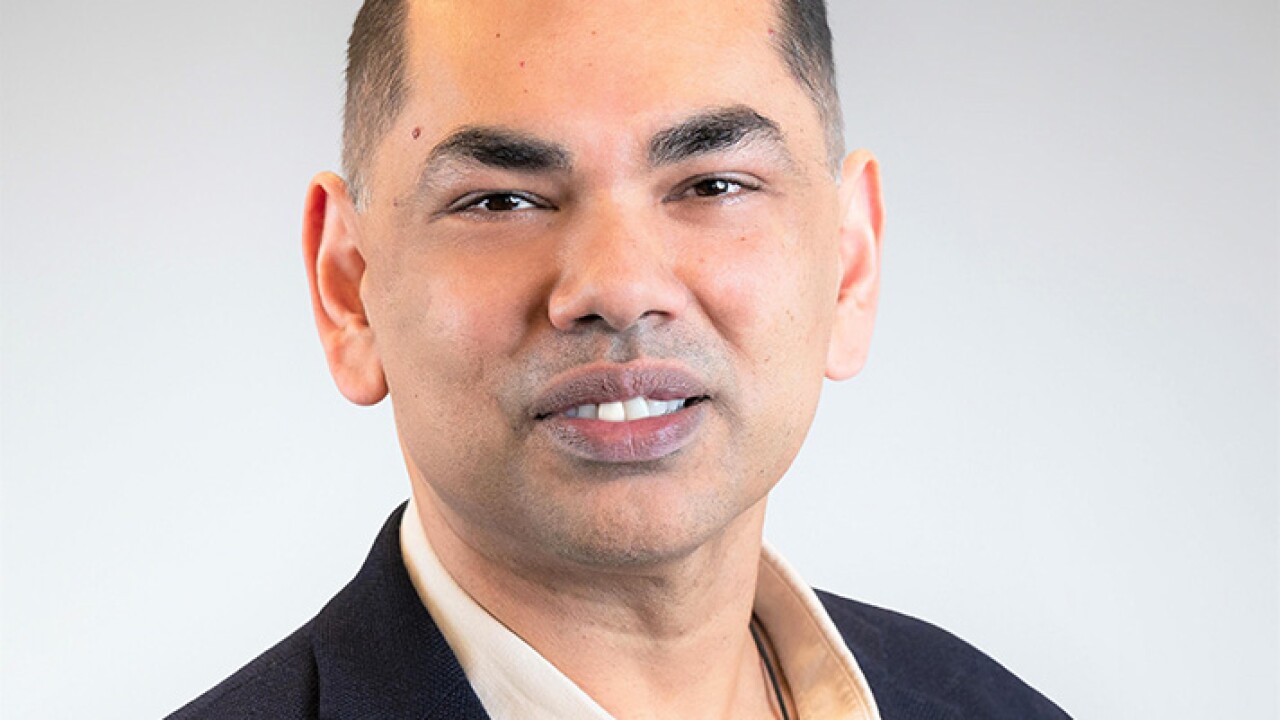
LOS ANGELES — The California Public Finance Authority will price $110 million in revenue bonds next week for Henry Mayo Newhall Hospital in Valencia, Calif. in the hospital's first public market offering without the benefit of bond insurance in more than a decade.
Healthcare-focused investment bank Ziegler is sole manager on the bonds. Orrick, Herrington & Sutcliffe is bond counsel to the authority. Katten Muchin Rosenman LLP is special counsel to the hospital.
The bonds pricing Tuesday are rated BBB-minus with stable outlooks by S&P Global Ratings and Fitch Ratings.
CalPFA will issue $82.7 million in new money revenue bonds to help pay for construction of a $150 million hospital tower that will add 120 new private-room beds, maternity and surgical space. The remaining $27.5 million will be used to refund the hospital's series 2013C bonds.
The 238-bed hospital is a nonprofit public benefit corporation In a bedroom community with 213,000 residents in northern Los Angeles County.
In the years after a 2001 Chapter 11 bankruptcy, the hospital had to issue bonds through the California Health Facility Construction Loan Insurance Program, an insurance fund that enables nonprofit healthcare providers to issue bonds at lower interest rates under the state's credit rating. The insurance obligates the state to make up any missed bond payments.
"The actual use of Cal-Mortgage adds a lot of overhead to the cost of the bonds," said Roger Seaver, the hospital's chief executive officer. "Cal-Mortgage is a wonderful opportunity for certain non-profits in healthcare to get to the bond market. This hospital did it more than once, but once we were able to perform, it becomes an added cost we shouldn't have to bear when we can go directly to the market."
As the hospital solidified its financial standing, Cal-Mortgage allowed it to issue a $89.55 million private placement transaction as parity debt in December 2013 while the Cal-Mortgage bonds remained outstanding, the first time for any borrower since the program's inception in 1968, said Mike Quinn, managing director for Ziegler's healthcare investment banking team. The money was used to refund a portion of the Cal-Mortgage debt and fund $20 million in capital projects.
The hospital exited the Cal-Mortgage program in early 2014 with a $70 million Assured Guaranty-insured financing that refunded the remaining Cal-Mortgage insurance program and extinguished the program's extraordinary credit rights, Quinn said. The revenue bonds were issued by conduit issuer California Statewide Communities Development Authority with a AA-minus enhanced rating based on the Assured Guaranty wrap and an underlying BBB-minus rating from S&P.
In 2001, when Seaver and C.R. "Bob" Hudson, the hospital's chief financial officer, were hired the hospital was struggling under debt accrued when the hospital rebuilt to newer seismic standards after the 1994 Northridge earthquake, Seaver said. The hospital was also hampered by managed care contracts that hampered cash flow, which, Seaver said he has since been able to renegotiate.
"Debt-financed capital projects and robust cash flows have greatly increased liquidity balances over the past four years," Fitch analysts Pau Rizzo and Tipper Austin said in the Jan. 17 ratings report. "After the reimbursement of $25 million for bond proceeds, $140.9 million of unrestricted cash and investments amounts to 176.4 days cash on hand, up from $40.8 million, or 71.5 days cash-on-hand in fiscal 2012."
The new debt issuance will, however, escalate the hospital's debt burden to moderately high levels, Fitch said.
The new hospital tower adds 120 private patient rooms and new maternity and surgical space that will increase its competitiveness, Fitch said. The hospital, a Level II trauma center, is the only one in the Santa Clarita Valley, but it competes with several other large hospitals in northern Los Angeles County.
The $150 million project will be funded by $85 million in revenue bonds, $25 million from a fundraising campaign and $40 million in cash, Fitch wrote.
"The original hospital is 40 years old and has primarily semi-private rooms," Seaver said. "Today's hospitals need private rooms. We will also have a new women's unit where we can handle C-sections, which will increase our capacity in obstetrics. We will also be able to offer elective surgeries."
Quinn said the hospital is a unique credit with a significant amount of its revenue coming from commercial and managed care payers, whereas most hospitals have the majority of their reimbursement coming from governmental sources. Medi-Cal typically reimburses hospitals at 85%, he said.
One-third of California is on Medi-Cal under the Affordable Care Act expansion compared to 15% of Mayo's patients, Seaver said. Medi-Cal is the state's Medicaid program serving lower-income residents.
The Santa Clarita Valley has a younger population that earns a higher income, Quinn said of why fewer patients are on Medi-Cal.
It means the hospital is less exposed to changes in governmental reimbursement at both the federal and state levels, Quinn said.
Quinn said he has been fielding a lot of questions related to Affordable Care Act's prospective repeal, but tells investors he is not sure about the impact as a program has not been outlined.
"I tell people that Henry Mayo is a good credit to buy, because there could be adverse consequences, but they would be muted by the unique payer mix," he said. "That is a good argument and it is resonating."
The finance team is targeting all-in cost of capital inclusive interest costs of 5% or less, he said.





